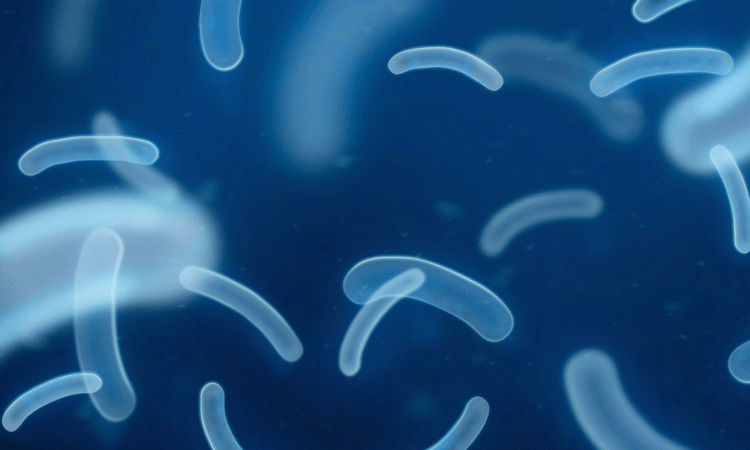Researchers identify bacteria defence system mechanism
Posted: 26 September 2019 | Victoria Rees (Drug Target Review) | No comments yet
The process that bacteria use to defend themselves has been revealed by researchers, who also demonstrated how to activate the process.


A study has identified how bacteria defend themselves against other harmful bacteria and viruses. The researchers also discovered how to trigger this process, which they suggest could be used to fight diseases.
The research was conducted at the University of Copenhagen, Denmark. The team used X-ray crystallography and another microscope known as the synchrotron MAX IV to make their discovery.
They demonstrated that a cell attacked by a virus activates a molecule called Cyclic Oligoadenylate (COA) which then prompts a protein complex called CSX1 to combat the foreign virus.


Model of CSX1 protein complex (credit: Novo Nordisk Foundation Center for Protein Research).
“Expressed in popular terms, CSX1 starts cutting up the intruder. We can see how CSX1 is activated, rotates and starts defending the cell, once COA is activated,” Professor Guillermo Montoya from Novo Nordisk Foundation Center for Protein Research at the Faculty of Health and Medical Science explains.
Sending a COA molecule after the protein complex, the researchers were able to start the process themselves, effectively finding a switch.
“This is a step along the way of understanding the human immune system better as well as knowing how to fight bacteria and defend oneself against viruses in the long run,” Guillermo Montoya says.
The findings were published in Nature Communications.
Related topics
Drug Discovery, Drug Targets, Research & Development, Targets
Related organisations
Copenhagen University
Related people
Professor Guillermo Montoya



